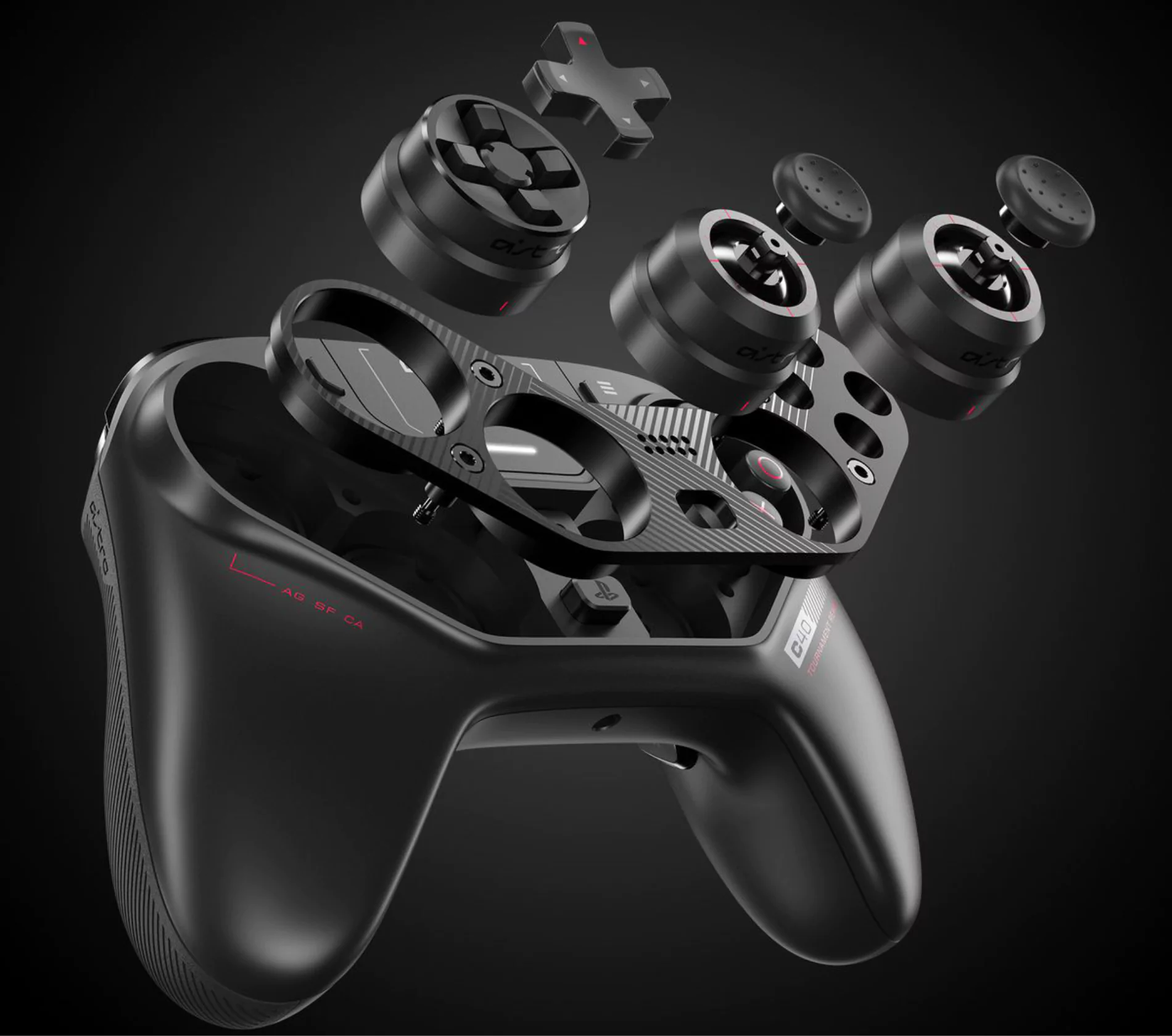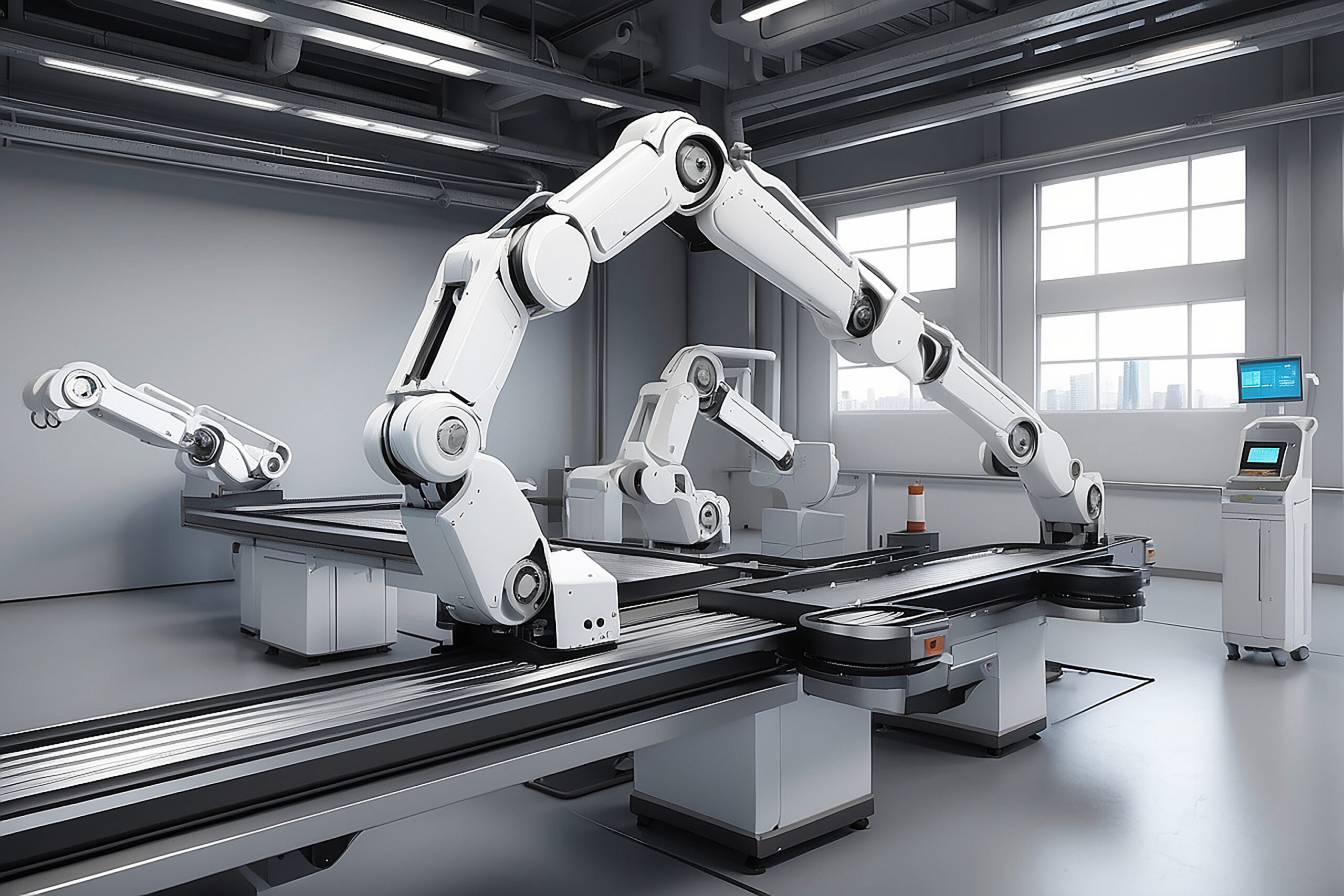3D product visualization is a cutting-edge digital technology revolutionizing the way businesses showcase their products to consumers. At its core, it’s a dynamic and immersive method of rendering physical products into highly detailed and interactive three-dimensional representations within a virtual environment.
Imagine a world where instead of static images or traditional photographs, you can explore a product from every angle, zoom in to inspect intricate details, and even customize its features, all from the comfort of your computer or mobile device. This is the power of 3D product visualization.
Businesses across various industries, from e-commerce and interior design to automotive and fashion, are increasingly harnessing the potential of 3D visualization to captivate their audiences. It not only provides a more authentic representation of products but also enhances customer engagement, boosting sales and customer satisfaction.
Moreover, 3D product visualization has the advantage of being cost-effective, eliminating the need for expensive and time-consuming physical prototypes or elaborate photoshoots. This technology is adaptable to various platforms, including websites, mobile apps, and even virtual reality environments, making it a versatile tool for businesses looking to stay ahead in the digital age. As we continue to embrace the digital realm, 3D product visualization stands as a pivotal innovation, shaping the future of product marketing and customer experiences.

Benefits of Product Visualization in 2023
Investments in technology often raise concerns about their return on investment (ROI) and the tangible benefits they bring. Striking the right balance between adopting cutting-edge solutions and ensuring they deliver actual value can prove to be a formidable challenge. In various industries, 3D and augmented reality technologies have gained recognition as visually appealing tools that may offer limited practical value. However, unlike previous short-lived trends or the niche applications promoted by major corporations, 3D product rendering is now proving to be a source of tangible, quantifiable benefits for brands today. What sets it apart is that these benefits manifest not only in improved front-end performance metrics but also in the reduction of operational costs.
Utilizing Product Visualization for Cost Reduction
Beyond the initial savings on visual assets, product visualization also slashes the long-term costs of maintaining an accurate product catalog. Updates and revisions to product models can be effortlessly executed, ensuring that product changes, new features, materials, or limited editions are promptly reflected. This efficiency circumvents the need for repeated photoshoots and extensive video editing, ultimately conserving time, money, and resources across various departments.
Yet, the cost-cutting potential of product visualization doesn’t end with visual assets. High return rates pose a significant challenge for brands, with ecommerce experiencing an average return rate of 25-30%, and retailers facing losses of approximately 16% of sales value due to return-related expenses. Fortunately, improved visuals have proven to foster more confident purchase decisions, resulting in reduced return rates. Statistics reveal that 22% of buyers have returned items due to discrepancies between the product and its online depiction. In contrast, 81% of shoppers express heightened confidence in their purchases when augmented reality (AR) is employed. Notably, merchants on platforms like Shopify have experienced a remarkable 40% decrease in return rates following the implementation of 3D visualization.
Product Visualization for Consumer Experience
Substantial evidence supports the role of product visualization as a potent cost-cutting tool, but when examined from the perspective of customer experience, the argument becomes even more compelling.
In today’s fiercely competitive landscape, where new players continually enter the market and established leaders fiercely defend their positions, product performance remains a top priority for buyers. However, it’s becoming increasingly clear that the buying experience itself is a crucial measure of brand differentiation. According to research by Adobe, brands that prioritize customer experience drive twice the average order value. This shift in consumer behavior is hardly surprising as individuals become more discerning in where and how they invest their resources.
As brands seek areas for improvement or enhancement, data strongly suggests that their focus should center on
Elevating the customer experience to a best-in-class standard:
- 83% of Generation Z consumers perceive online shopping as an experience rather than a transaction.
- 80% of both business customers and consumers assert that the buying experience is equally or more important than the product itself.
- 57% of consumers are willing to share personal information in exchange for an improved experience, with personalized experiences yielding a remarkable 48% increase in sales values.
While customer experience may appear to be a multifaceted concept with various facets to address, it need not be overly complex. Consumers aren’t merely seeking a better experience; they are specifically seeking immersive tools to facilitate quicker, more confident purchase decisions:
- 66% express that 3D/AR visuals would enhance their confidence in choosing the right product.
- 71% indicate they would shop more frequently if they could utilize AR to interact with products.
- Shoppers are willing to pay a premium of up to 20% for products they can experience in AR.
There are numerous compelling reasons why consumers prefer brands equipped with 3D and AR shopping tools. These tools grant buyers the power to design their own buying experience, delivering a personalized and scalable encounter. Configurable products, which offer choices in colors, materials, and features, are notably easier to evaluate and select in immersive 3D and AR environments, allowing buyers to visualize precisely how their selections will manifest. In the realm of home design and decor, AR adoption rates have soared, with brands such as Houzz and The Home Depot reporting that buyers are 11 times more likely to make a purchase after engaging with a product in augmented reality.
Once consumers experience shopping with these product visualization tools, it becomes challenging for them to revert to traditional methods. A staggering 77% of consumers express a preference for using augmented reality to explore product variations like color and style differences. Additionally, buyers are spending more time engaging with brands online as they deploy product visualizers and configurators. A luxury accessory brand recently reported that consumers spent 4.5 times more time with 3D-enabled products compared to their standard product pages.
In periods of economic challenges, a pivotal moment emerges where a choice must be made between embracing efficiency and fostering innovation. Some may opt for rigorous cost-cutting measures or a reduction in services to weather the storm. While these strategies can help some businesses weather the turbulence, they also create opportunities for competitors and innovators to step in. The truly successful brands, whether well-established or emerging, are those that strike the delicate equilibrium between efficiency and innovation. What sets them apart is their ability to achieve this balance using tools and methods that actively contribute to both objectives.





